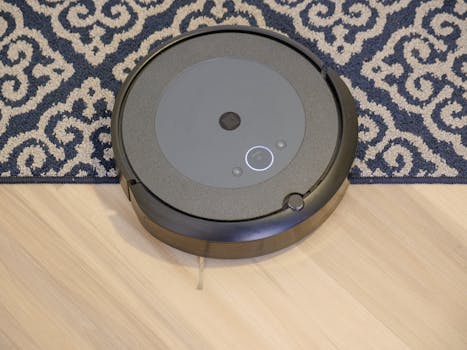
Smart Homes and Smart Living: The Technological Transformation of European Homes by 2025
Smart Homes and Smart Living are revolutionizing the way we live and interact with our living spaces. The European home is undergoing a significant transformation, driven by technological advancements in smart homes and smart living. By 2025, European homes are expected to be more efficient, sustainable, and connected, with a focus on enhancing the quality of life for residents.
Introduction to Smart Homes and Smart Living
Smart homes and smart living refer to the integration of technology and automation in residential settings to create a more comfortable, convenient, and sustainable living environment. This includes the use of Internet of Things (IoT) devices, artificial intelligence (AI), and data analytics to monitor and control various aspects of the home, such as temperature, lighting, security, and energy consumption.
Key Features of Smart Homes and Smart Living
Some of the key features of smart homes and smart living include:
- Energy efficiency: Smart homes can optimize energy consumption by automatically adjusting temperature, lighting, and other systems based on occupancy and usage patterns.
- Home automation: Smart homes can be controlled remotely using smartphones or voice assistants, allowing residents to adjust settings, monitor security cameras, and receive notifications.
- Health and wellness: Smart homes can integrate health and wellness features, such as air quality monitoring, water quality testing, and fitness tracking.
- Security: Smart homes can enhance security through advanced door locks, motion detectors, and video surveillance.
Technological Advancements Driving Smart Homes and Smart Living
Several technological advancements are driving the growth of smart homes and smart living, including:
- Internet of Things (IoT): The increasing adoption of IoT devices is enabling the connection of various appliances and systems in the home, creating a network of interconnected devices that can be monitored and controlled remotely.
- Artificial intelligence (AI): AI is being used to analyze data from IoT devices and optimize smart home systems, making them more efficient and responsive to resident needs.
- 5G networks: The rollout of 5G networks is providing faster and more reliable connectivity, enabling the seamless communication between devices and the cloud.
European Homes by 2025: A Vision of the Future
By 2025, European homes are expected to be transformed by smart home and smart living technologies. Some of the key trends and predictions include:
- Increased adoption of smart home devices: More than 50% of European households are expected to have at least one smart home device, with the average household having multiple devices.
- Growing demand for energy efficiency: Smart homes will play a critical role in reducing energy consumption and promoting sustainability, with many European countries setting targets for renewable energy and energy efficiency.
- Expansion of smart home services: Smart home services, such as home automation, security, and health and wellness, will become more widely available, with many service providers offering bundled packages and subscriptions.
Conclusion
In conclusion, the European home is undergoing a significant transformation, driven by technological advancements in smart homes and smart living. By 2025, European homes are expected to be more efficient, sustainable, and connected, with a focus on enhancing the quality of life for residents. As the adoption of smart home devices and services continues to grow, we can expect to see new innovations and applications emerge, transforming the way we live and interact with our living spaces.






